Table of Contents
Introduction to Mole
Mole is the standard English term for the iconic Mexican sauce. There is no need to translate it as "mole food in English"—"mole" itself is the correct English term for this rich, complex sauce. Originating from pre-Hispanic Mexico, mole has become a beloved dish worldwide for its intricate blend of flavors. In this guide, we'll explore what mole is, its historical significance, and how to use it in English-speaking contexts.
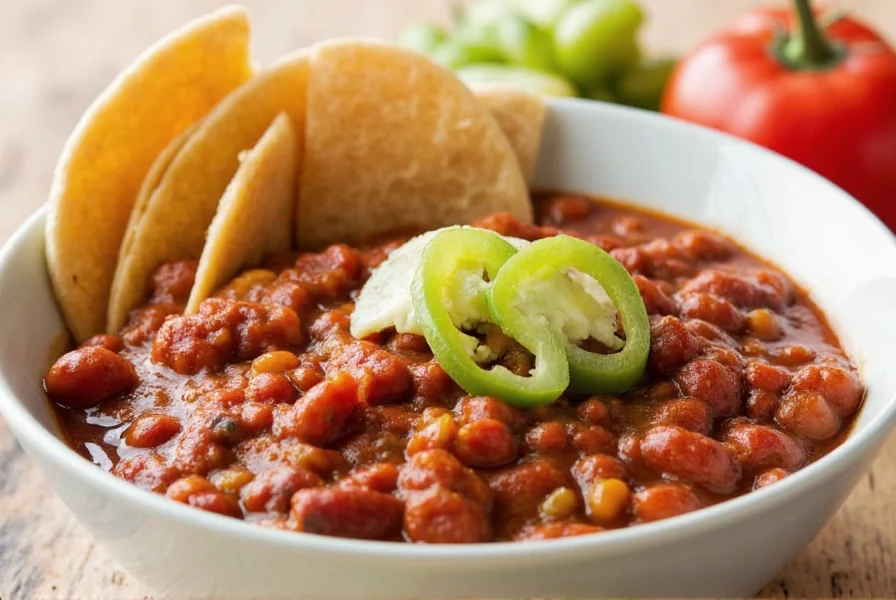
What Is Mole?
Mole (pronounced "moh-lay") is a traditional Mexican sauce or seasoning made from a complex blend of ingredients including chili peppers, chocolate, nuts, seeds, and spices like cumin, cinnamon, and cloves. The word "mole" comes from the Nahuatl word "mōlli," meaning "sauce" or "concoction." It is not a single spice but a carefully balanced mixture that varies by region, with over 200 known variations across Mexico.
Historically, mole was created by indigenous peoples in Mexico and later influenced by Spanish colonizers. The most famous variety, mole poblano, is traditionally served during celebrations like weddings and holidays. Despite its complexity, mole has gained international recognition as a culinary masterpiece that showcases Mexico's rich food heritage.
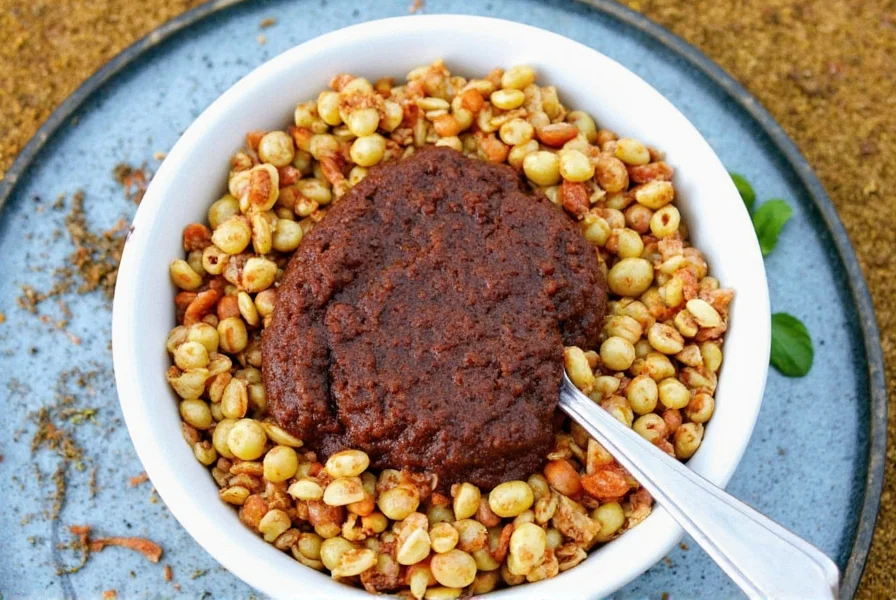
Spice Basics: Understanding Mole's Flavor Profile
To truly appreciate mole, it's essential to understand the key spices that create its signature taste. Here's a breakdown of the most common ingredients:
- Cumin: Adds a warm, earthy base note that enhances savory flavors.
- Cinnamon: Provides subtle sweetness and complexity without overpowering other ingredients.
- Cloves: Contribute a strong aromatic quality that balances heat and sweetness.
- Paprika: Offers a smoky undertone that deepens the overall flavor profile.
- Chocolate: Typically used in mole poblano to add a rich, bittersweet layer that balances the chili heat.
These spices work together in harmony, creating a flavor profile that is both bold and balanced. Whether you're cooking at home or simply curious about the taste, understanding these elements helps you better appreciate the artistry behind mole.
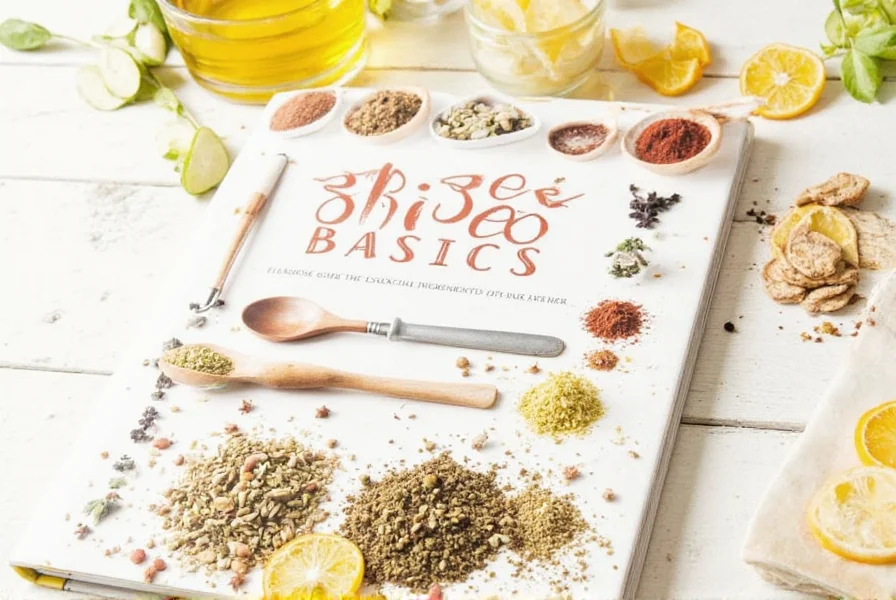
Practical Tips for Cooking with Mole
If you're new to cooking with mole, here are essential tips to ensure success:
- Start with quality ingredients: Use fresh, high-quality spices and locally sourced produce for the best results.
- Balance flavors carefully: Mole can be intense, so taste as you go and adjust seasoning gradually.
- Experiment with regional variations: Try mole verde (green mole made with tomatillos and herbs) or mole amarillo (yellow mole with turmeric) to discover your favorite.
- Use mole as a versatile base: It works beautifully with chicken, pork, vegetables, or even as a dipping sauce for tortilla chips.
With practice, you'll master this classic Mexican sauce and create dishes that rival authentic restaurant versions. Mole is more than just a sauce—it's a culinary tradition that brings people together.
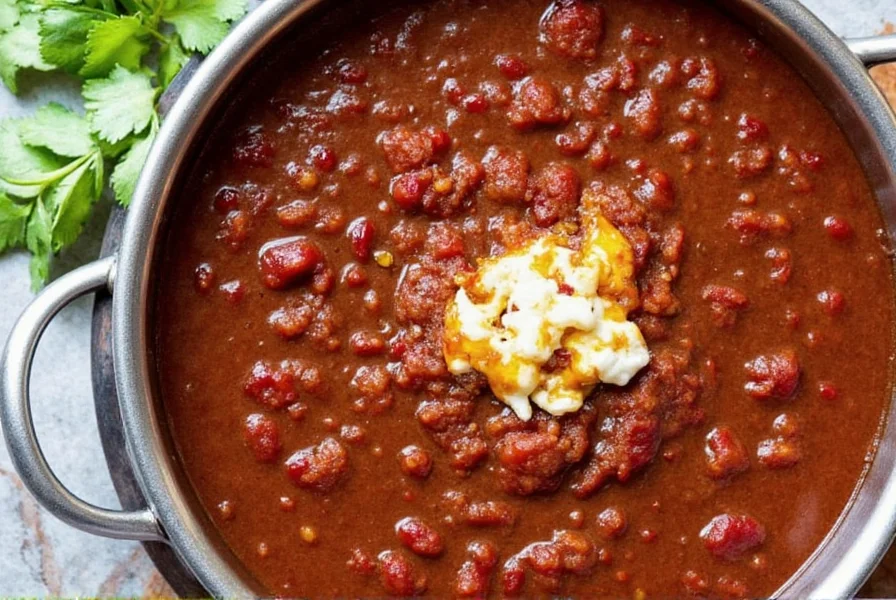
Buying Guide: Choosing the Right Mole Products
| Product Type | Features | Advantages | Use Cases | Target Audience | Suitable Occasions |
|---|---|---|---|---|---|
| Mole Paste | Made from ground chilies, spices, and other ingredients, mole paste is a concentrated form of the sauce. | Saves time and effort, ideal for busy cooks or those who want to experiment with mole without long preparation. | Perfect for adding depth to soups, stews, or grilled meats. | Home cooks who want convenience without sacrificing flavor. | Weeknight dinners, potlucks, or casual gatherings. |
| Pre-Made Mole Sauce | Ready-to-use sauces that come in jars or bottles. | Extremely convenient, great for last-minute meals. | Ideal for drizzling over tacos, enchiladas, or roasted vegetables. | Busy professionals or beginners who want to try mole without the hassle. | Quick lunches, dinner parties, or holiday feasts. |
| Mole Powder | A dry mix of spices and other ingredients used to make mole from scratch. | Offers more control over the final flavor and texture. | Best for those who enjoy cooking and experimenting with their own recipes. | Culinary enthusiasts or serious home cooks. | Special occasions, themed dinners, or cooking challenges. |
| Mole-Specific Tools | Items like mortar and pestle, spice grinders, and mixing bowls designed for mole preparation. | Enhance the cooking experience and help achieve the perfect consistency. | Useful for both beginners and advanced cooks who want to refine their technique. | Passionate cooks who value quality tools. | Gift-giving, cooking classes, or personal collection building. |
Conclusion
In conclusion, mole is the standard English term for this iconic Mexican sauce, not "mole food in English." It represents a rich culinary tradition with deep historical roots and incredible flavor complexity. Whether you're a seasoned chef or a curious food lover, understanding mole opens up a world of culinary possibilities.
Next time you're looking to elevate your meals, consider mole—a sauce that celebrates culture, history, and the art of balanced flavors. With the right ingredients and a bit of practice, you'll be able to create authentic Mexican dishes that impress everyone at your table.
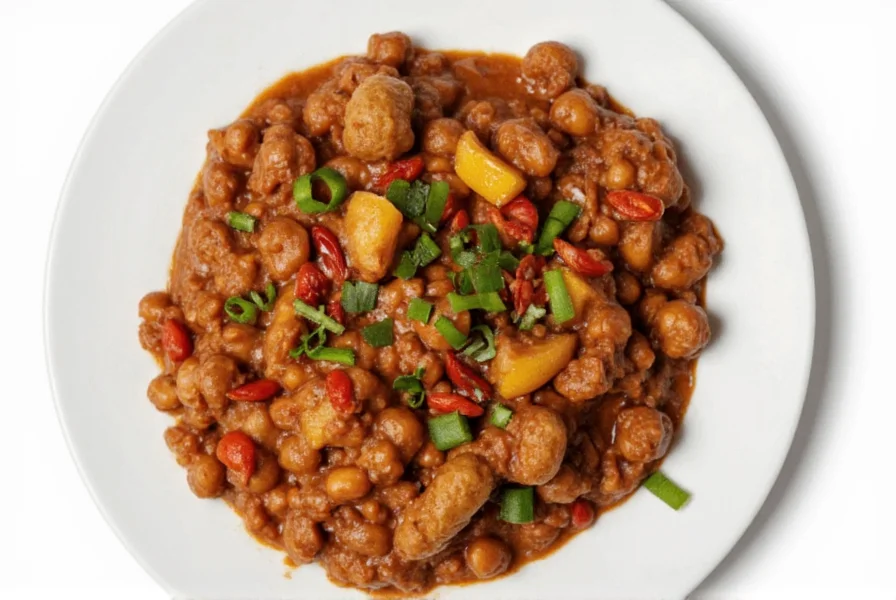










 浙公网安备
33010002000092号
浙公网安备
33010002000092号 浙B2-20120091-4
浙B2-20120091-4